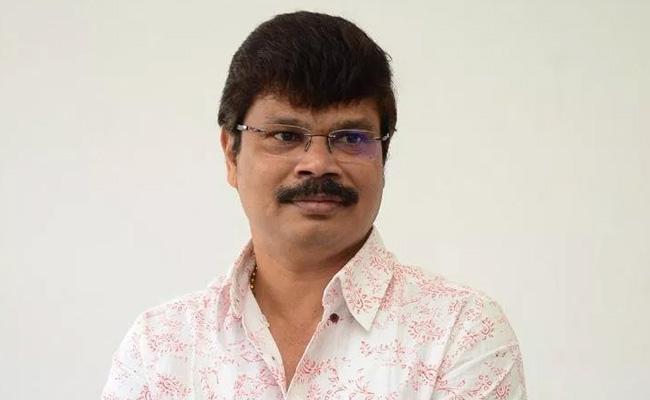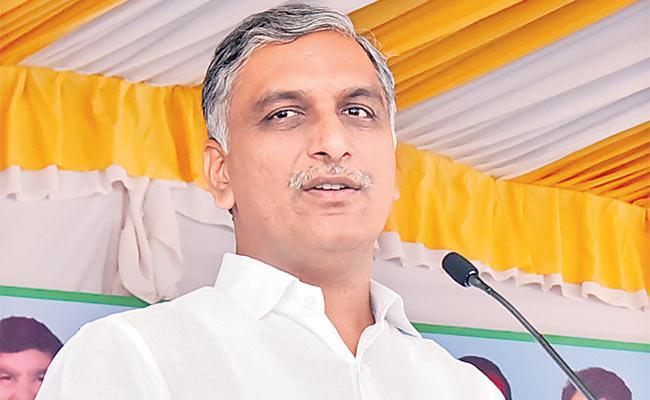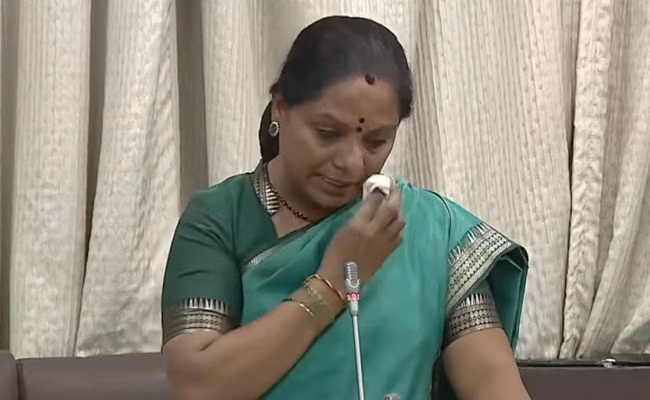
The momentum that Modi government has created with the decisive step of abrogating the section 370 has to be sustained. Political leaders thrive on positive waves as it can lead to shift in mindsets and this seems to be the purpose here.
Mindset change is important if you want any behavioural change in a recalcitrant population. This is the biggest opportunity in front of the BJP government when it comes to these two new UTs- J&K and Ladakh.
This is also a huge opportunity for the population of J&K and Ladakh to look at a new future break the patterns of the past which no longer serves anybody's interests. There is hope for weaning away misguided Kashmiri youths to dream about a better life.
Hope needs a nurturing environment, it deteriorates with age, gets ossified by cynicism. It is fragile hence its crucial that the right environment is created for its success. It cannot be left to the people of Kashmir to rebuild this environment as they have lost trust in political structures and leaders.
It needs a big dosage of inspirational examples. Hope is a belief it cannot be forced or pushed. It's linked to trust in systems and institutions working as they were meant to be, it means new opportunities in the environment. It takes time to build this. This can only be demonstrated by actions not words. This is the immediate need for both the new Union Territories of J&K and Ladakh.
More so in Srinagar valley where an entrenched dynastic leadership has corroded several generations with a narrative of hate. The narrative has become the reality for multiple generations of Kashmiris as it perpetuated a political and economic hegemony for few. Converting multi-generation hatred and distrust into hope is not easy. But then if there was no chance to build hope nobody would try anything new.
This government is trying a new approach by creating a new administrative structure. It has to be supported with an equally robust structure to engage and involve the population. Aspirations are inter-linked with cultural identities. They cannot be separated from each other. The internet and social media creates a virtual monolithic generation of millennials and that is why both are tools for creating the virtuous cycle of trust and aspirations. Films, cricket and music are great at reinforcing positive image for a generation that is starved of heroes.
Real life heroes will emerge only in due course but an acceptance of the struggle of the Kashmiri youth has to be acknowledged and accepted by the rest of India. Article 370 has been abrogated it does not mean Kashmir hamara hai ( Kashmir is ours) it means Kashmiri hum jaise hain ( kashmiris are like us).
Ladakhs for Ladakhis
There is also an urgent need to recognize the Ladakhis the silent suffering population of peaceful people who have been ignored due to the obsession with the valleys. The composition of the population in this region is very different from J&K. The population is split roughly in half between the districts of Leh and Kargil. 76.87% population of Kargil is Muslim (mostly Shia), with a total population of 140,802, while that of Leh is 66.40% Buddhist, with a total population of 133,487, as per the 2011 census. The land area is approximately 59,000 square km.
Bordering China the front posts in this most inhospitable parts of the country is manned by the Ladakhi Scouts, a local para-military force that stays put even when the army withdraws during peak winter period. The people of this region have been demanding the status of a Union Territory for more than 30 years and finally they have got it.
This is an artic desert facing the worst impact of climate change challenge. The glaciers which are the source of water for the population are melting due to global warming as a result, there is hardly any water for the local population. Due to desert conditions it does not produce food like the valley, hence everything has to be sent from the mainland.
There is no industry or trade for the young which ends up migrating to the cities in the north. There is only a single University coming up in the region thanks to the effort of Sonam Wangchuk, a local education reformer.
As an artic desert it faces severe water shortage during the short summer season and winters with temperature of -20 degrees and lesser are harsh. The economy of the region is dependent on the Army and Tourism. The route for both is through the valley with the new status it needs better connection with both Jammu and the rest of the country.
The bifurcation of the state into UTs also delinks Ladakh from the problems in the Srinagar valley. But for Ladakh to realize its potential it needs a different kind of support, fortunately it has local leadership.
A leadership which believes in India is culturally much more attached to the idea of India. It also has a strong tradition of reformers who have built local community solutions in education, climate change and even tourism. The local models need to strengthened and supported they do not need to be replaced by development models from the rest of the country.
Its an ecologically fragile region which is a source of water for the rest of the country but itself goes dry. Hence, development here has to be follow a different model. There is no lack of trust, aspirations are sensible and not yet corrupted by extremism in any form.
The time for building these two new UTs starts now. Two very separate and novel challenges for the government.
(The author is a journalist and policy analyst. He can be contacted at [email protected] and @yatishrajawat on Twitter)














